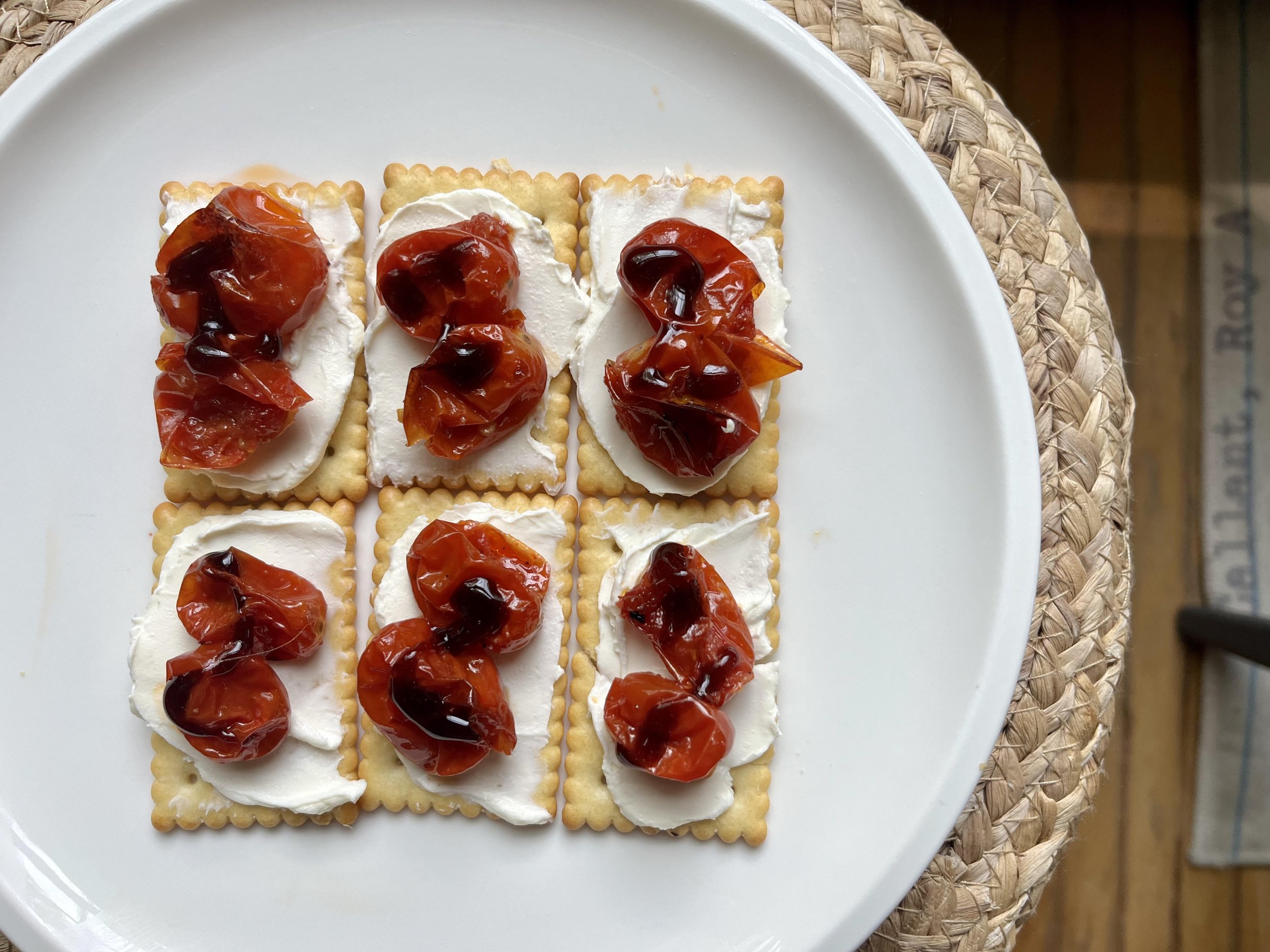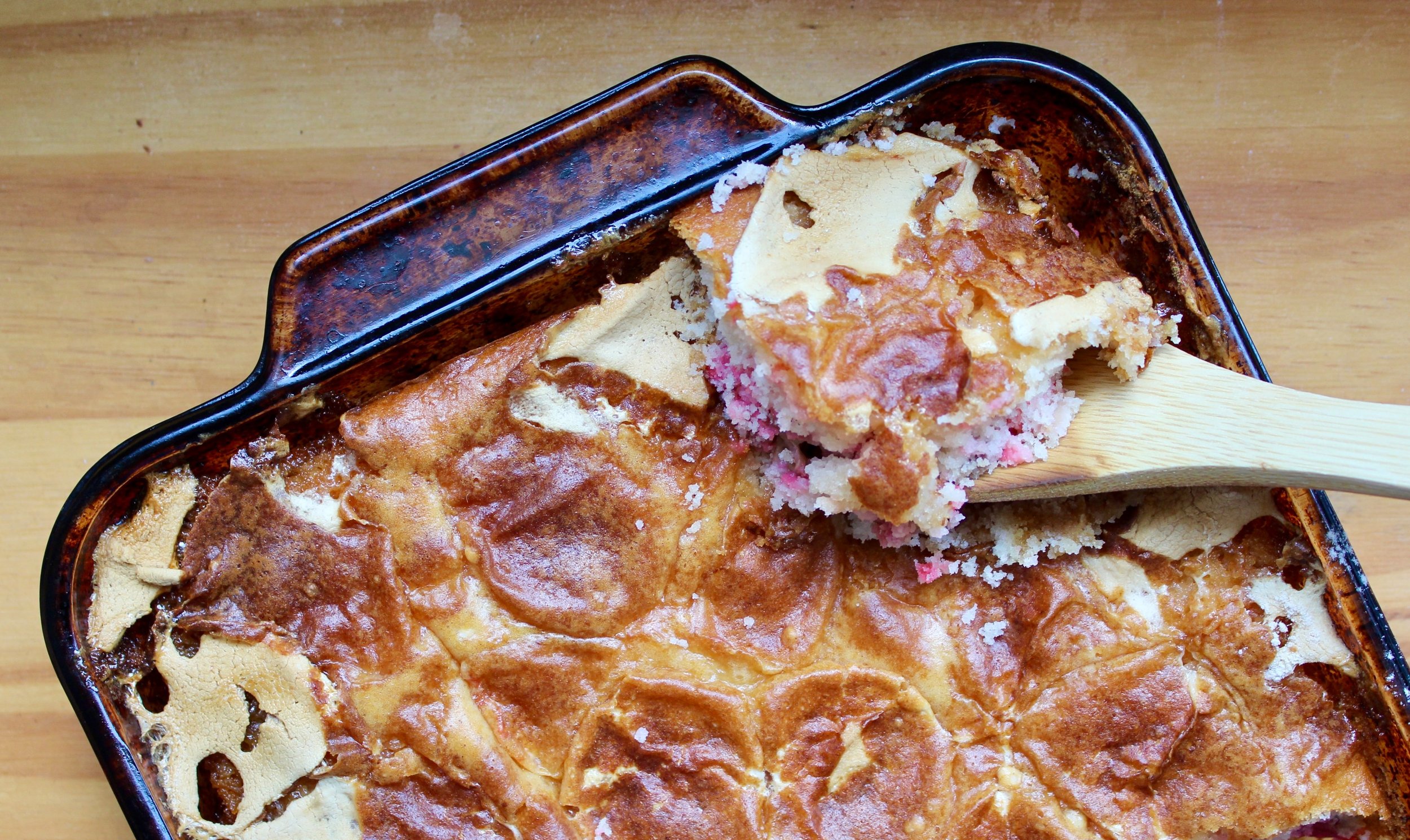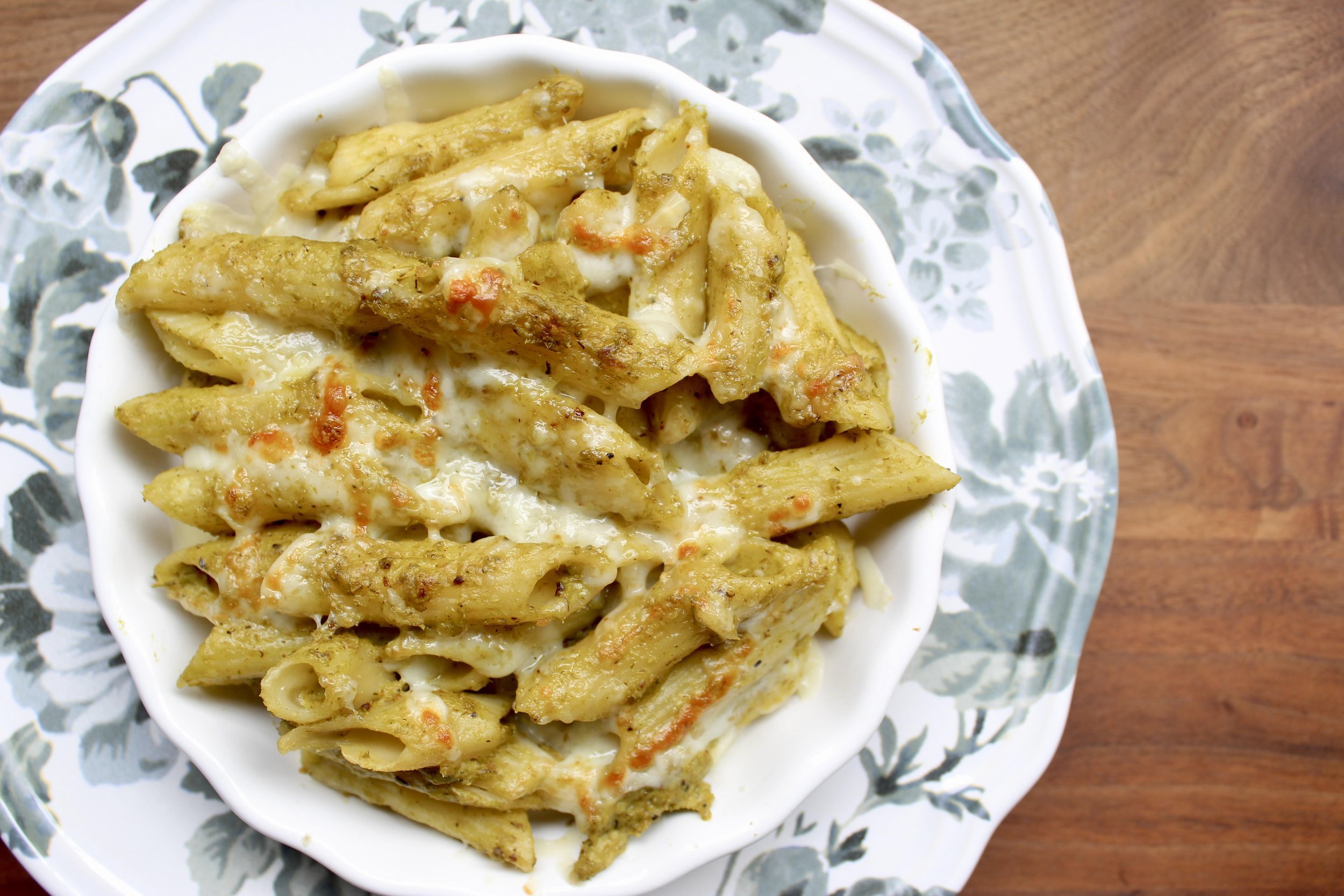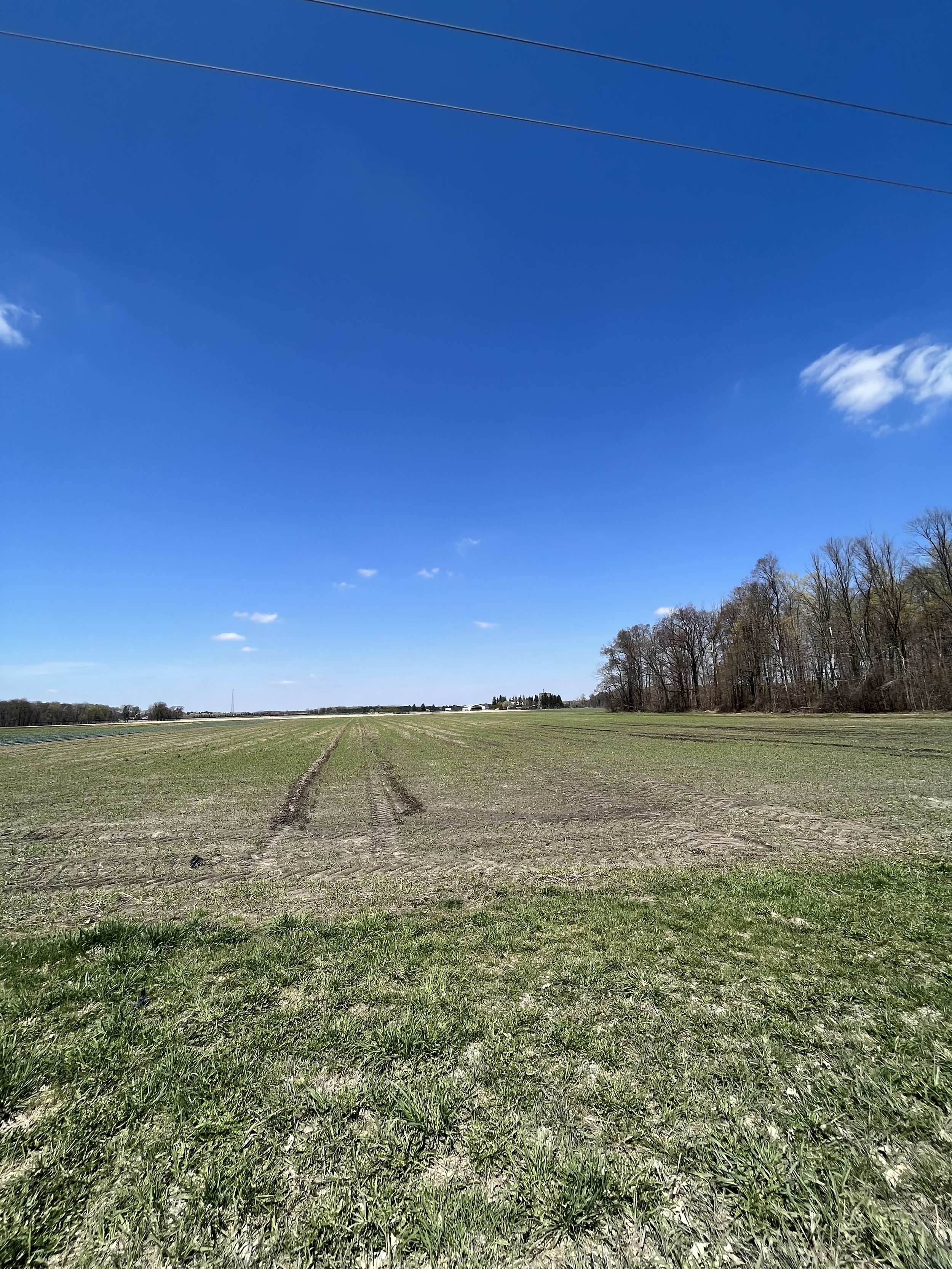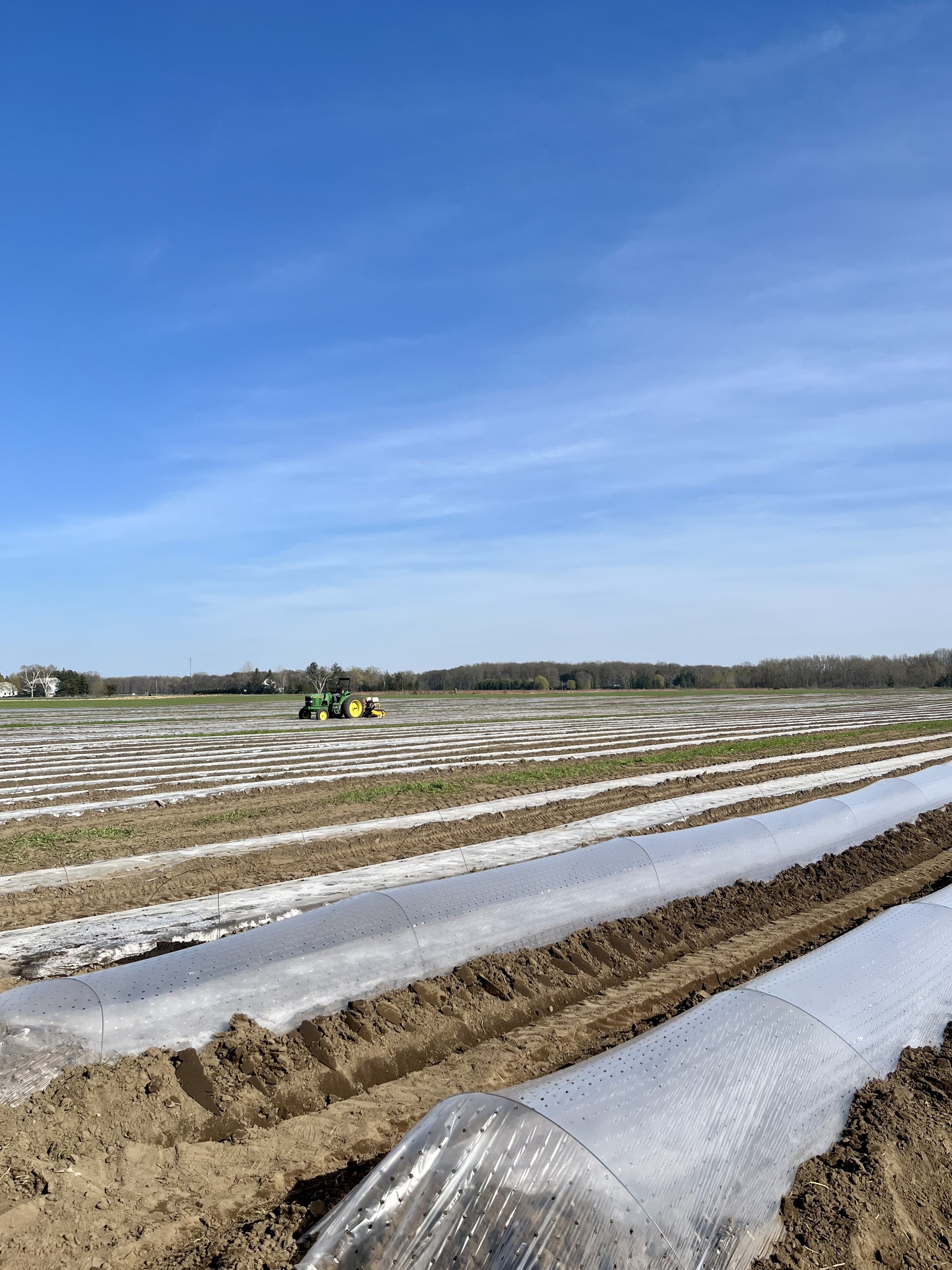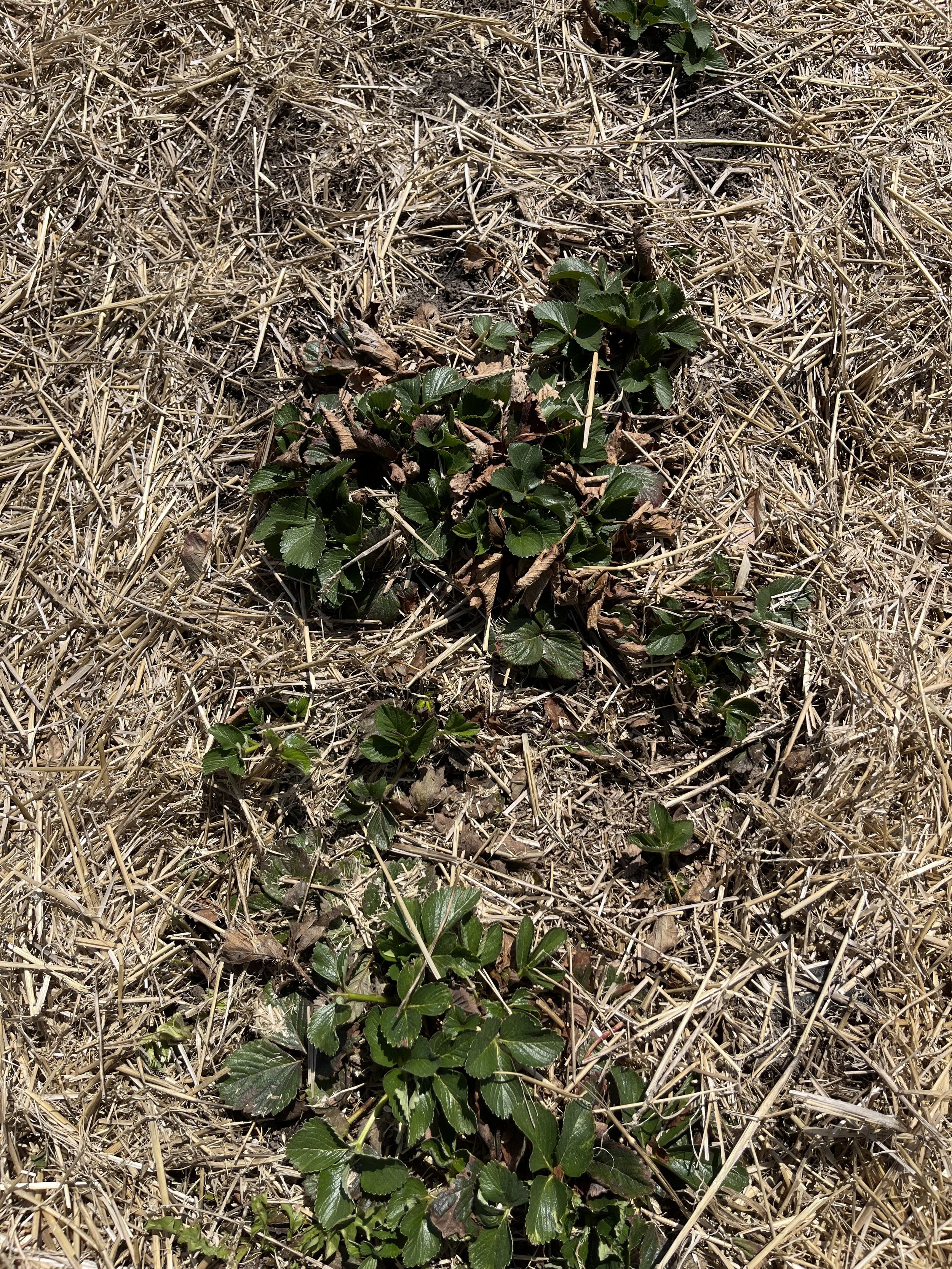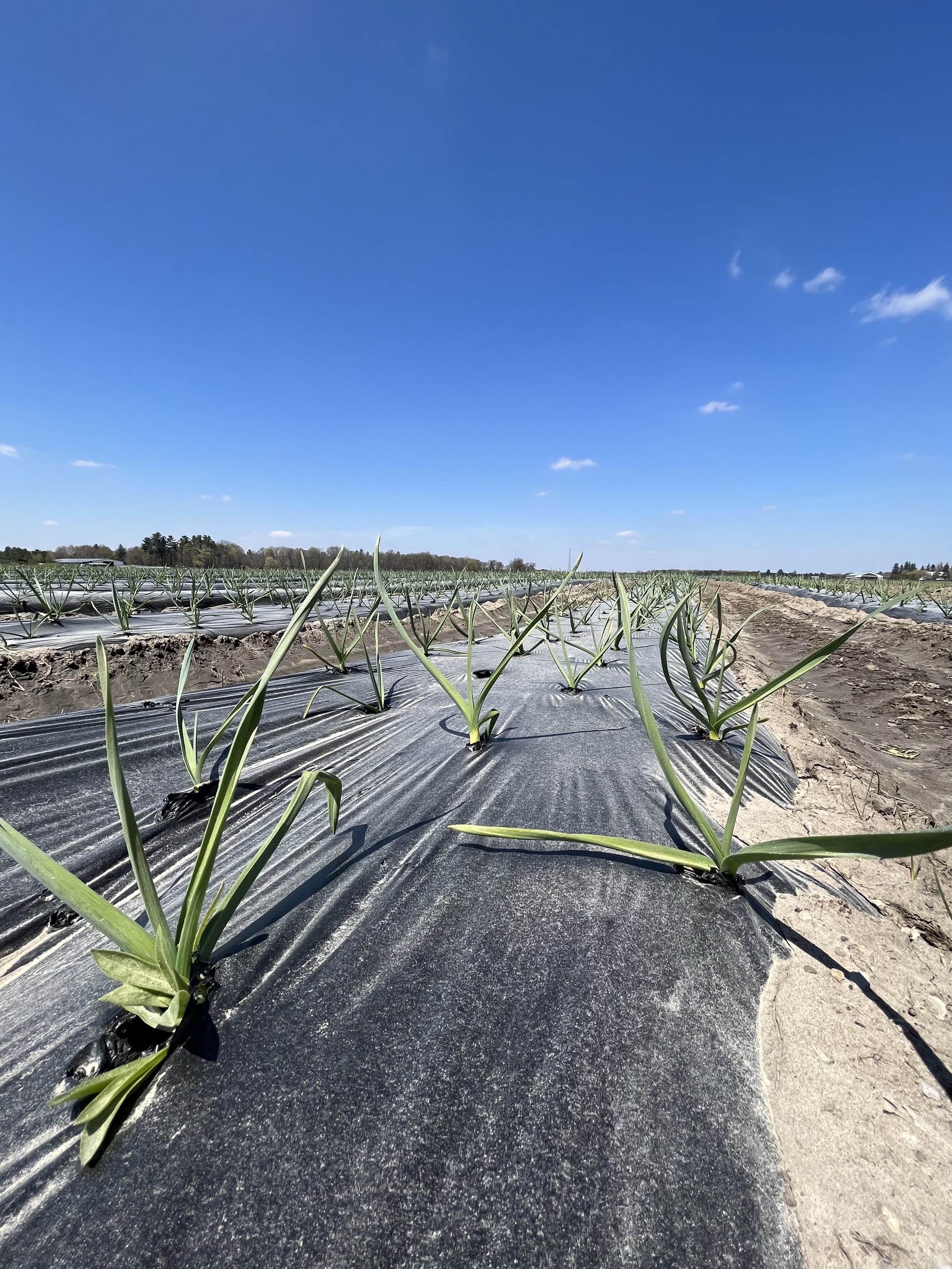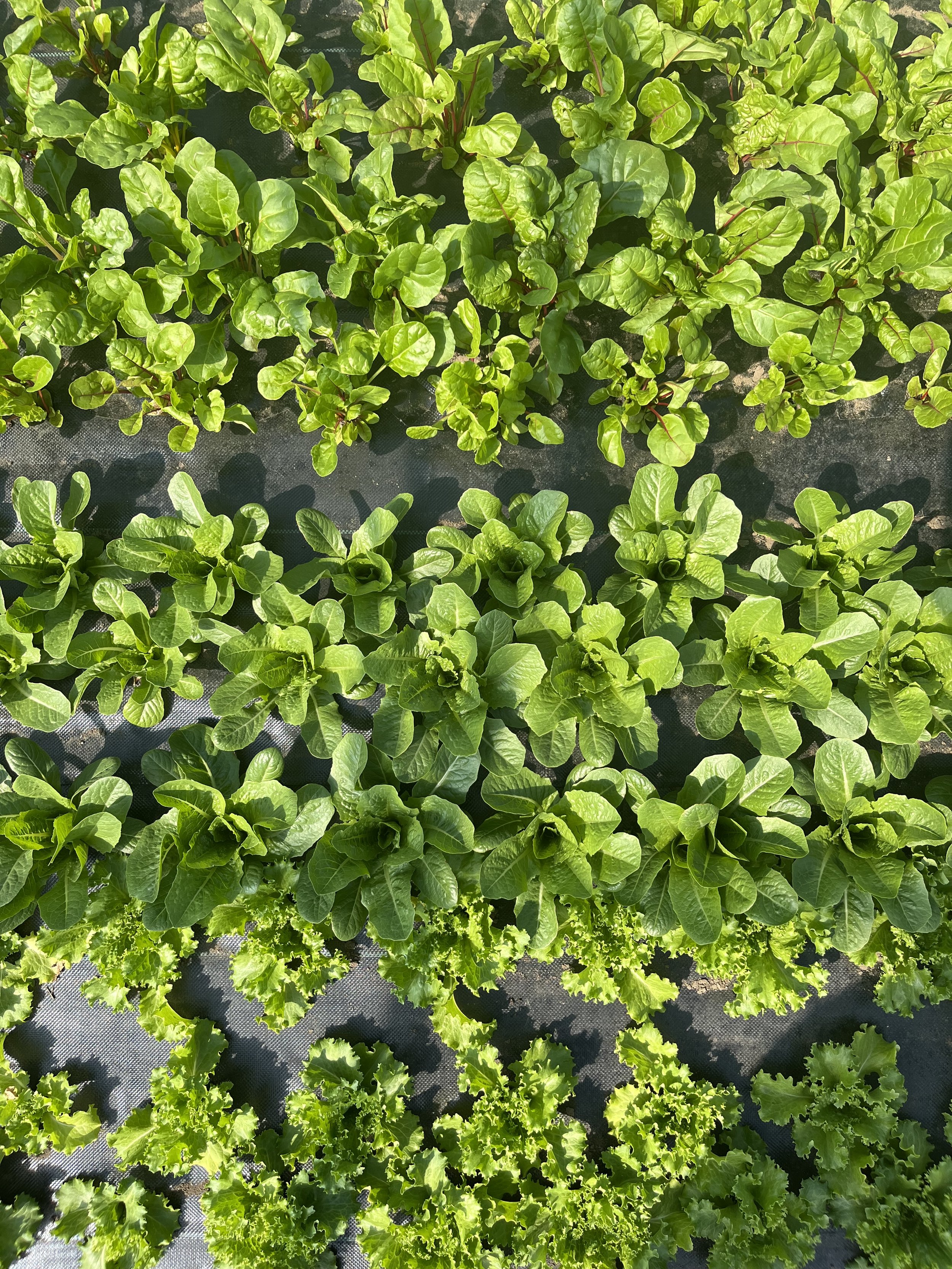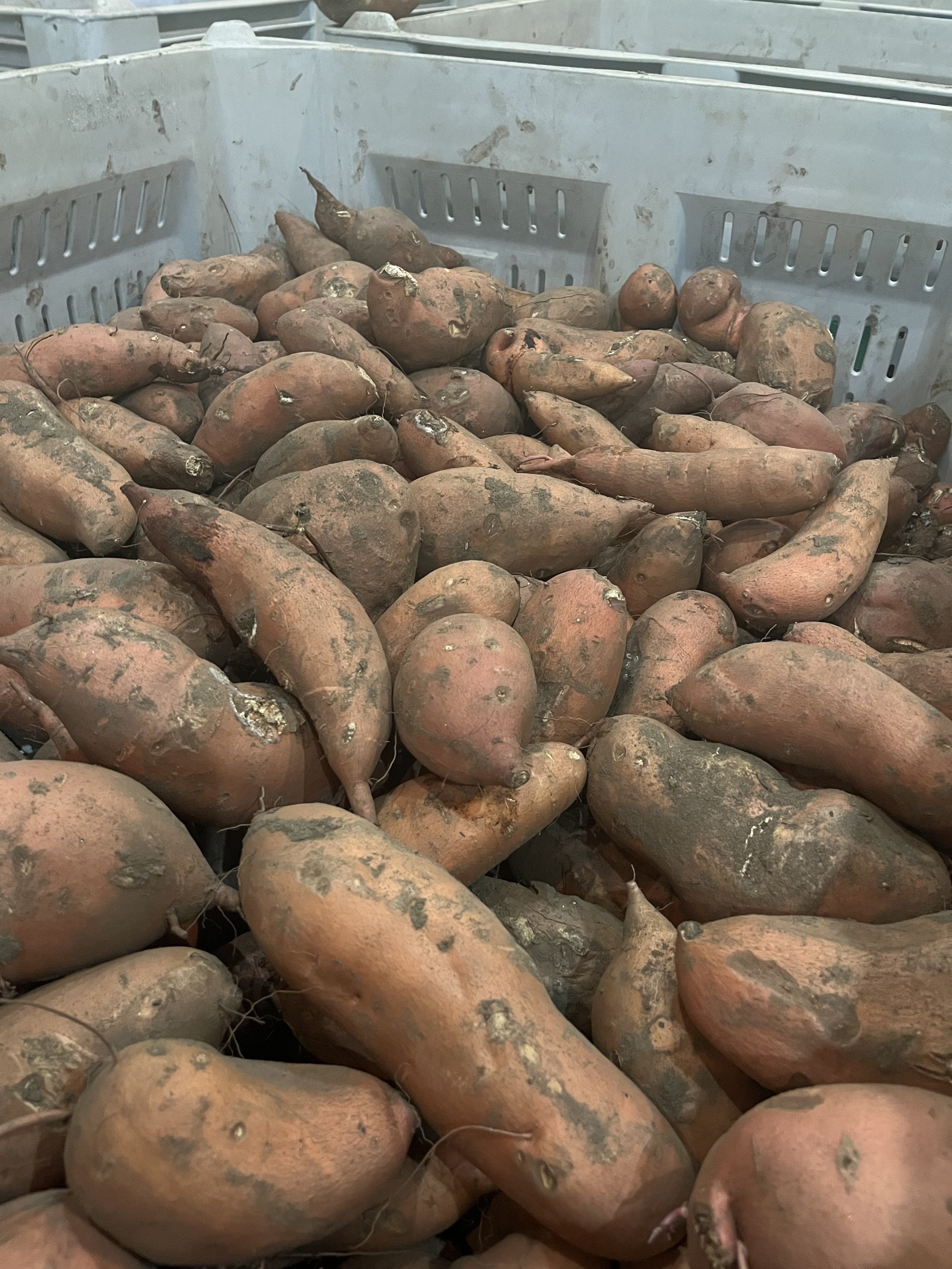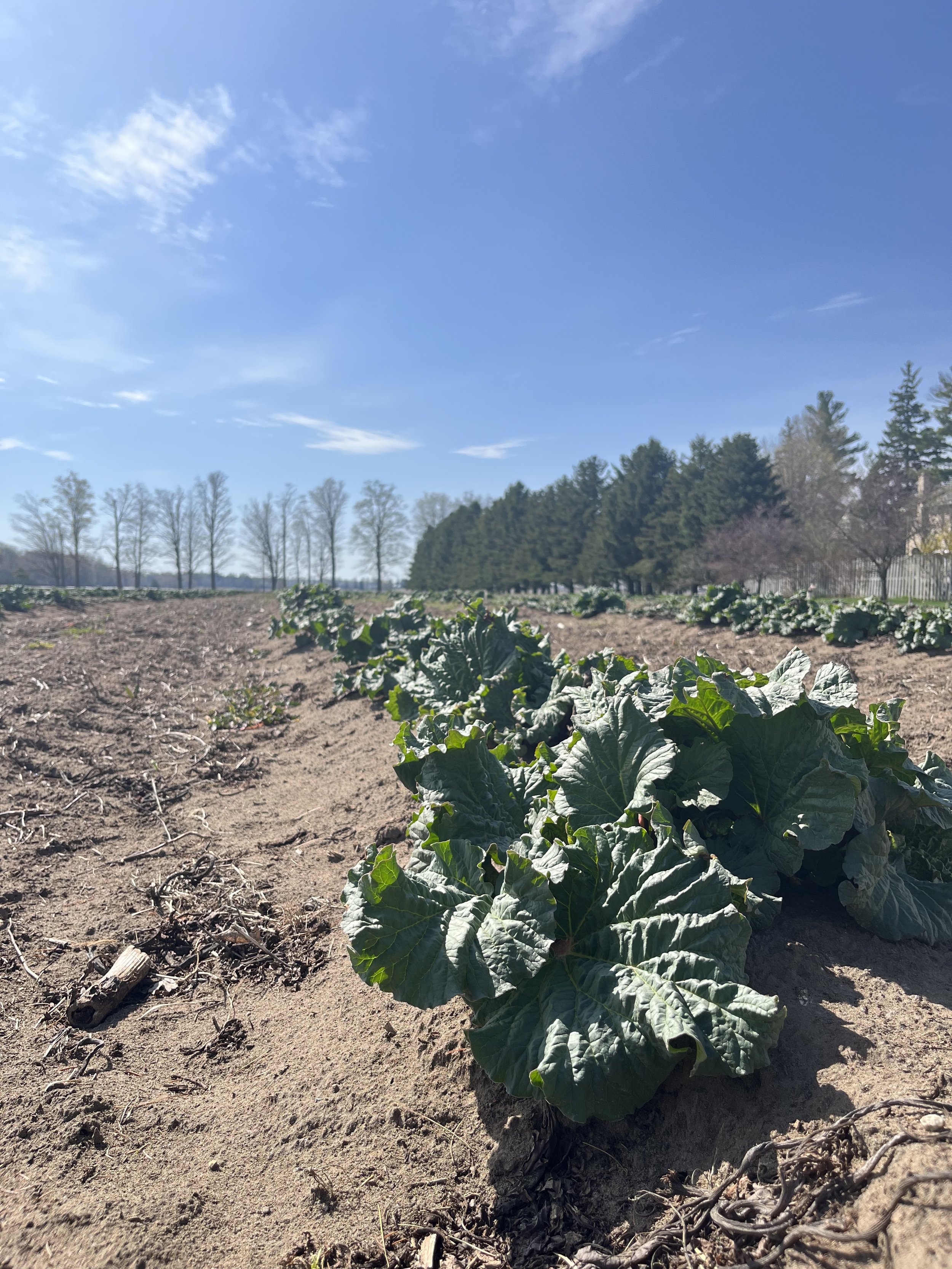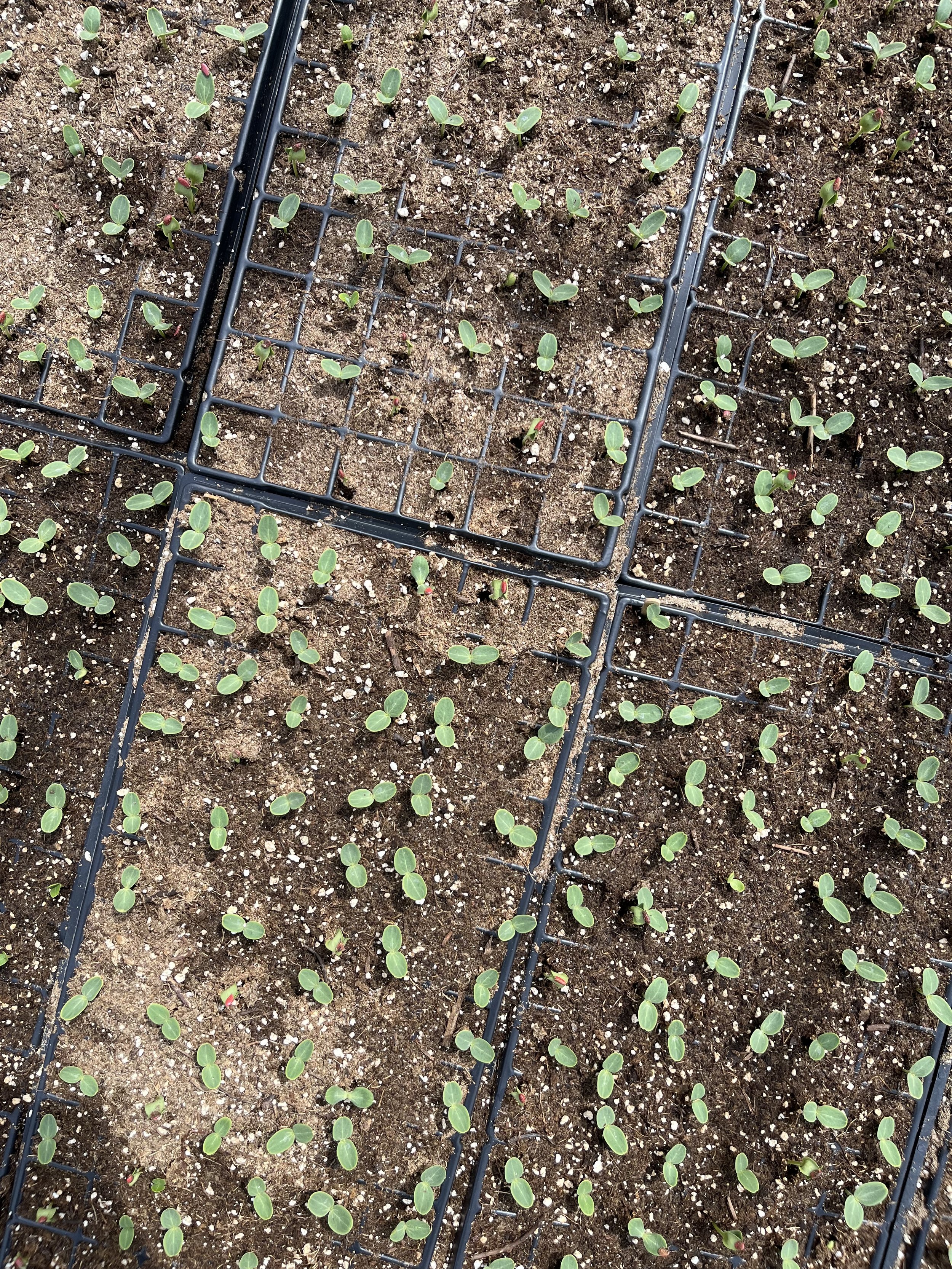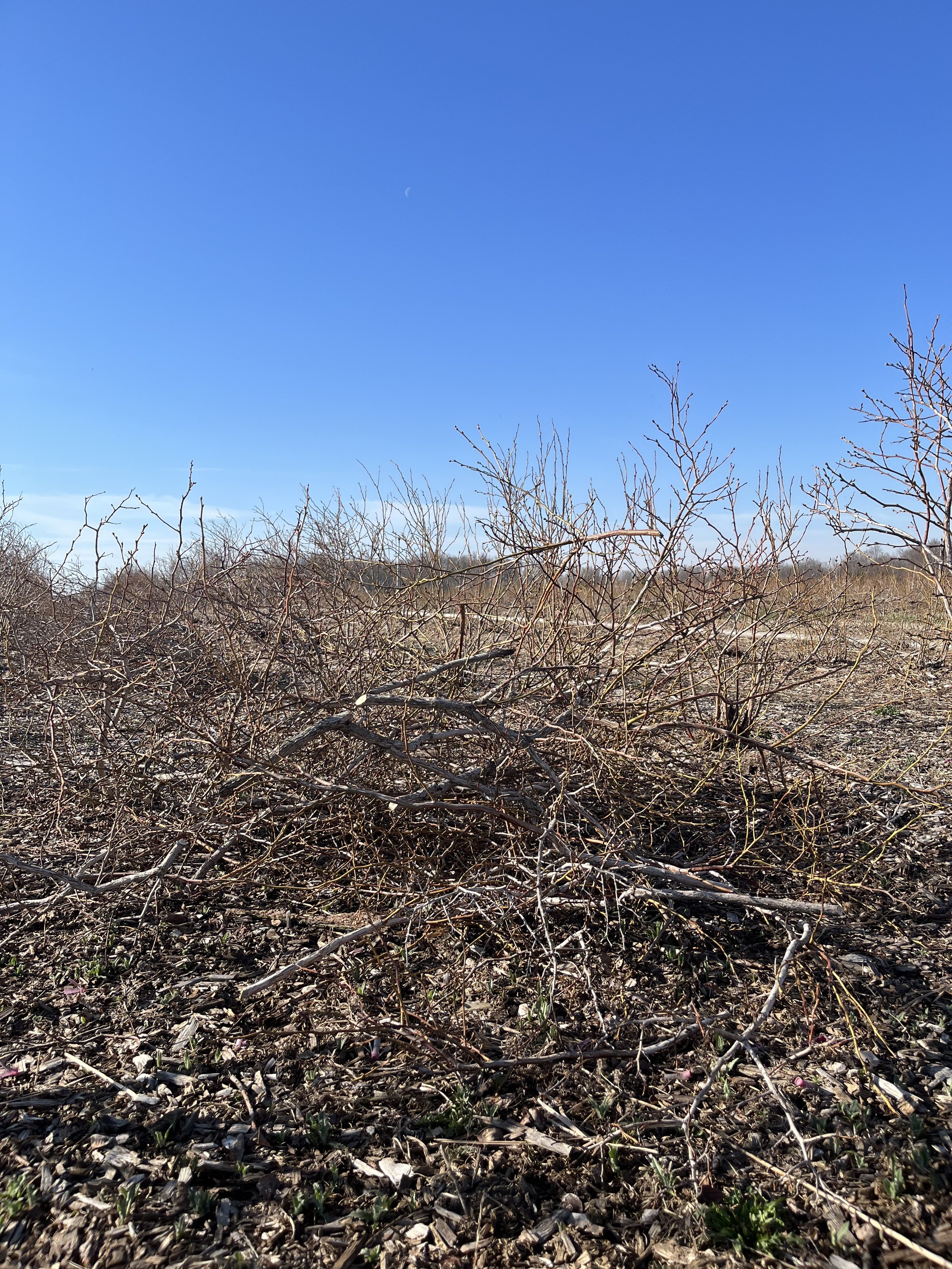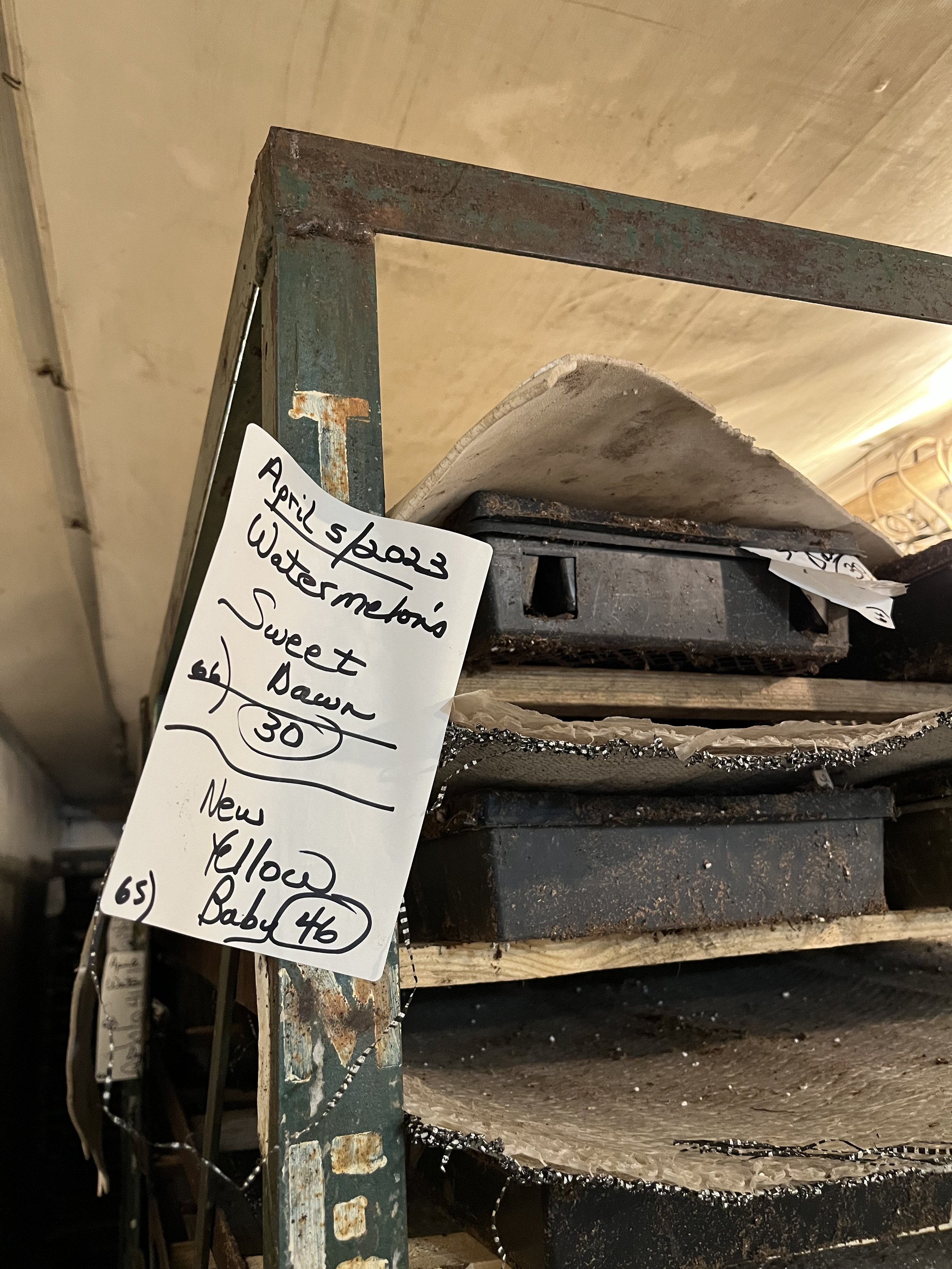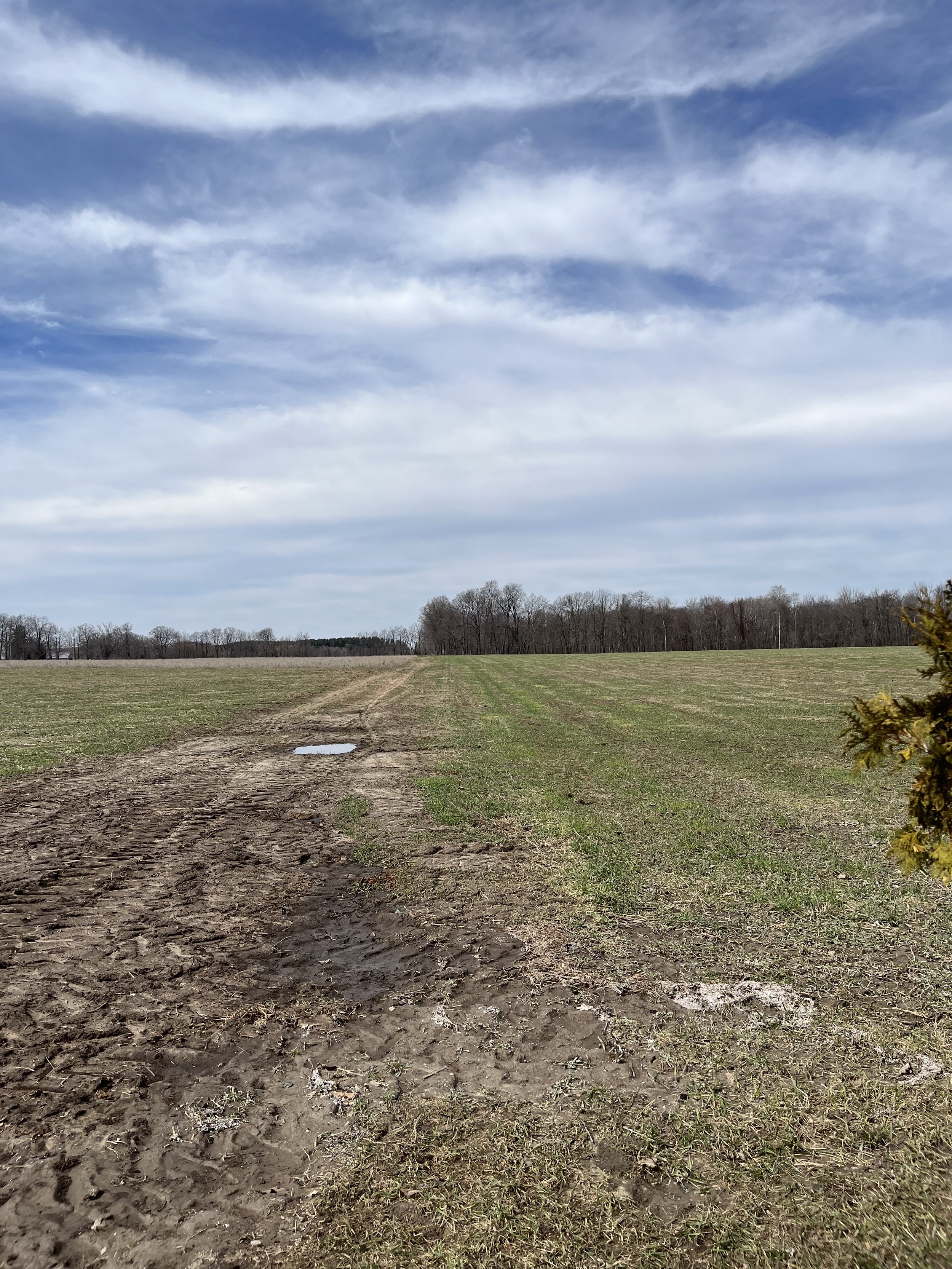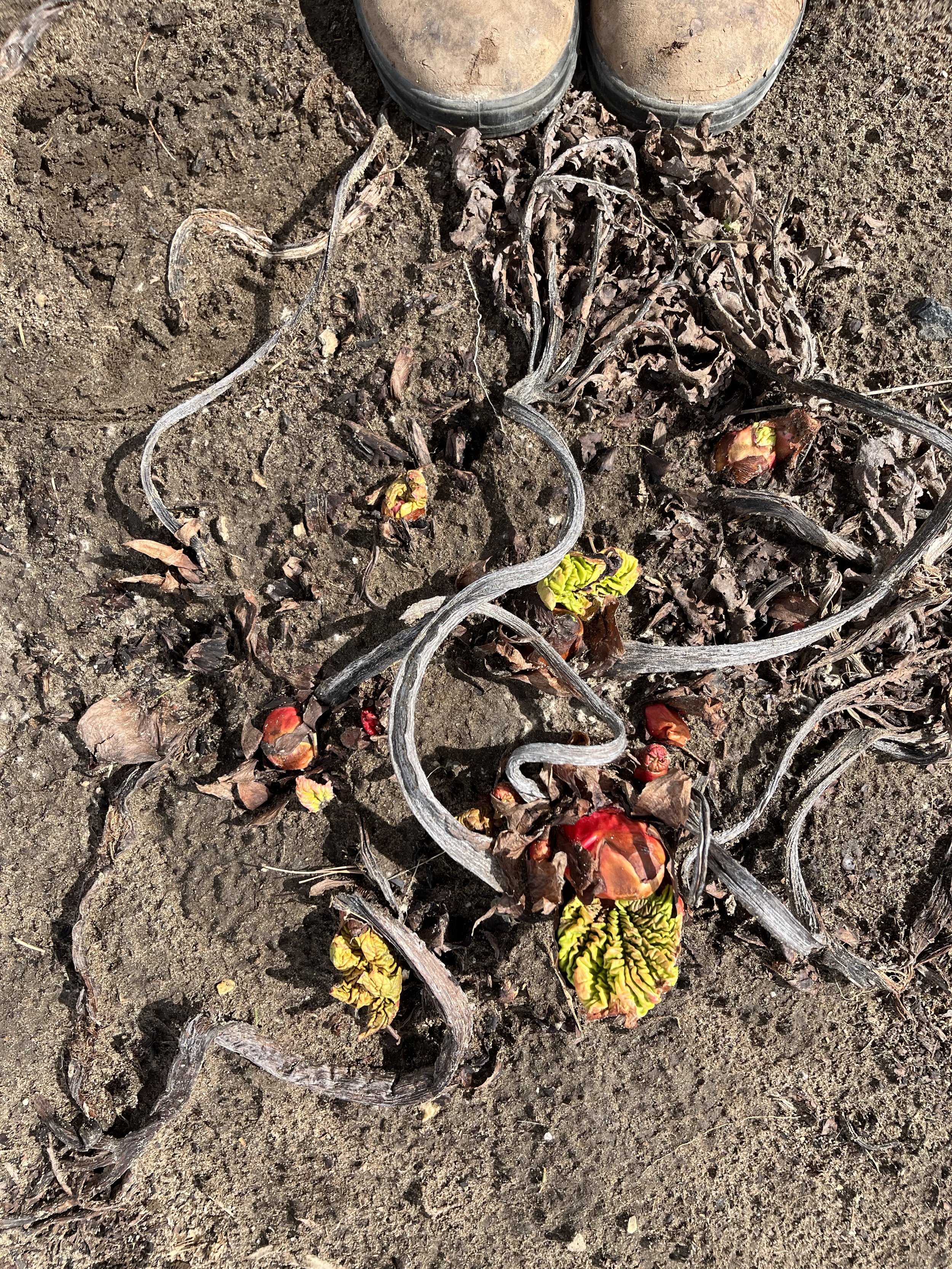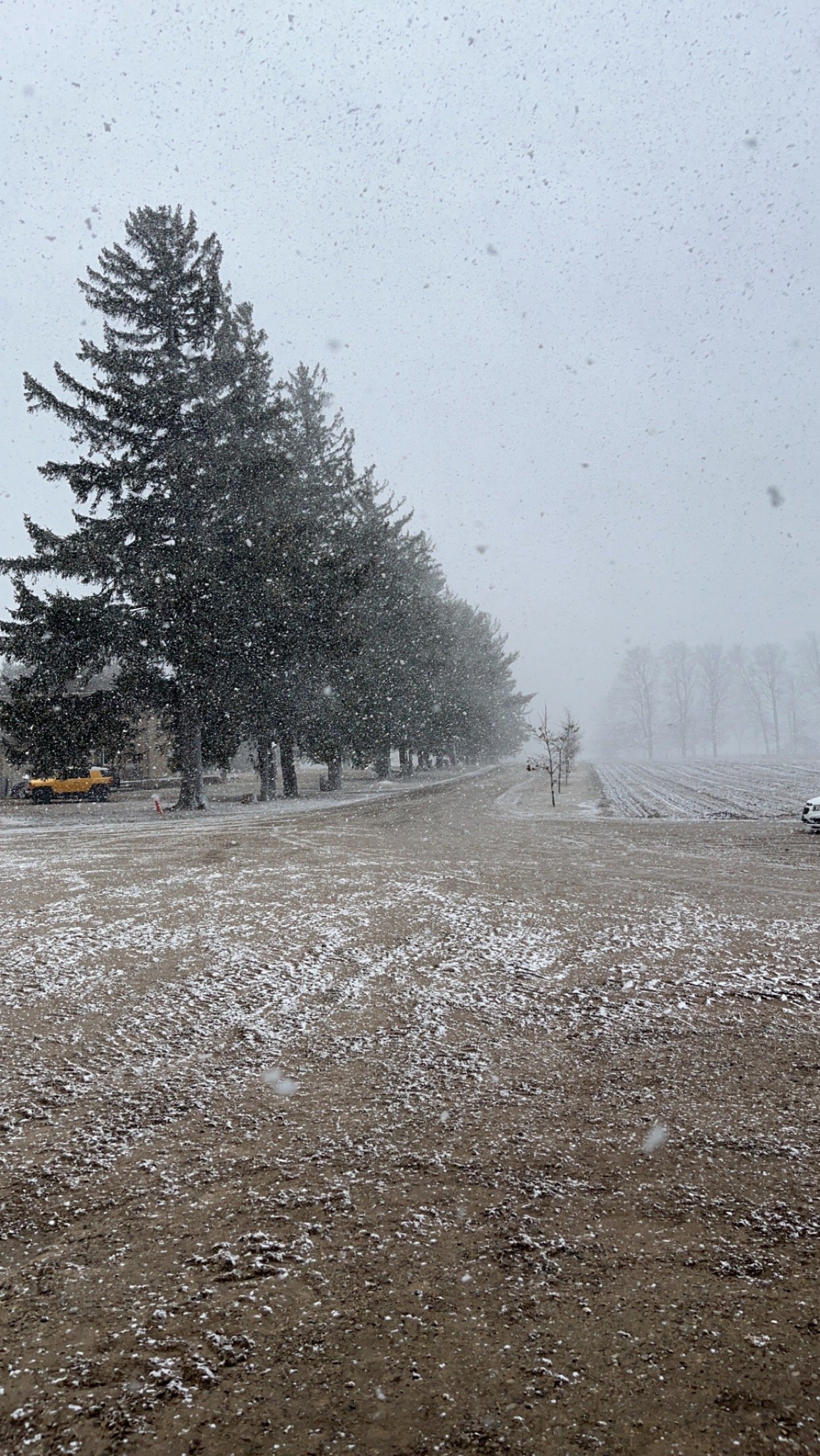Ingredients
1 head cauliflower
3/4 cup canola oil
3 tablespoons lemon juice
1 1/2 teaspoon maple syrup
1 1/2 teaspoon paprika
1 1/2 teaspoon thyme
1 1/2 teaspoon nutritional yeast
2 cloves garlic, minced
3/4 teaspoon salt
3/4 teaspoon pepper
1/2 teaspoon red pepper flakes
Instructions
Trim leaves off of cauliflower and cut stem down as low as possible, while still keeping the cauliflower head intact.
Wash the cauliflower head and shake off to remove excess water, then place on a tea towel to dry further.
Preheat the oven to 400°F.
While the cauliflower dries, whisk together the marinade/sauce.
Add oil, lemon juice, and maple syrup to a small bowl and whisk vigorously to combine. Add herbs and seasonings and whisk again.
Flip the head of cauliflower upside down in a cast iron pan and pour half of the oil and spice mixture into the crevices.
Flip the cauliflower back right-side-up and place in the cast iron pan. Use a pastry brush to spread the rest of the oil mixture all over the cauliflower.
Tightly cover the cauliflower and pan with a large piece of tin foil (spray it with cooking spray to prevent any sticking!) and transfer the pan to the preheated oven.
Bake for 1 hour, removing the tin foil when 10 minutes remain on the timer.
Remove from the oven and slice into large pieces, and display on a serving tray. Top with a sauce of your choice (if desired), and some crumbled cheese or sesame seeds.
Recipe developed & photographed by Alex Chesney, RD



